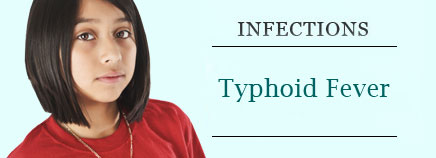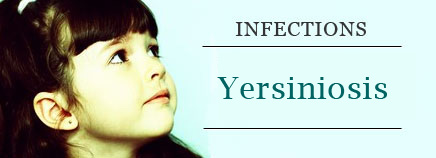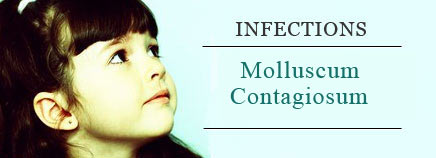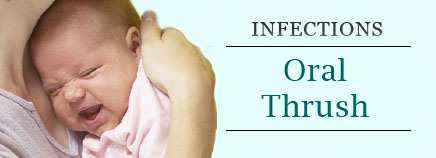Tapeworms are flat worms that live in a person’s digestive tract. Though upsetting to think about, they usually don’t cause any serious problems. Tapeworm infections aren’t common in the United States and, when they do happen, they’re usually easy to treat. Tapeworm Basics Tapeworms are parasites. As you probably remember …
Typhoid Fever
Typhoid fever is a serious and sometimes life-threatening infection that mostly affects people in developing countries, where clean water and other sanitation measures are hard to come by. The disease usually causes symptoms that include a high fever, a stomachache, and achiness. It can be cured with antibiotics. If you …
Yersiniosis
Yersiniosis is a relatively uncommon infection contracted through the consumption of undercooked meat products (especially pork), unpasteurized milk, or contaminated water. Usually, someone with an infection caused by Yersinia bacteria recovers within a few days without medical treatment (in some cases, doctors prescribe antibiotics). About Yersiniosis Of the three main …
Impetigo
Impetigo (im-peh-TY-go) is one of the most common skin infections among kids. It often affects preschool and school-age children, causing blisters or sores on the face, neck, hands, and diaper area. Kids can be more likely to develop the infection when the skin is already irritated by another problem, such as eczema, poison …
Infections That Pets Carry
Caring for pets is a great learning experience for kids, teaching them responsibility, gentleness, and respect for other living beings. Like adults, kids can benefit from the companionship, affection, and relationships they share with their pets. But animals and pets can spread infections to humans, especially kids. So if you’re …
Lyme Disease
Lyme disease is often associated with heavily wooded or grassy areas where mice and deer live. It’s most common in the Northeast, the Pacific Northwest, and the northern Midwest states. About Lyme Disease Lyme disease is caused by the bacterium Borrelia burgdorferi, which is found in small animals like mice …
Measles
About Measles Measles, also called rubeola, is a highly contagious respiratory infection that’s caused by a virus. It causes a total-body skin rash and flu-like symptoms, including a fever, cough, and runny nose. Though rare in the United States, 20 million cases happen worldwide every year. Since measles is caused …
Molluscum Contagiosum
Although molluscum contagiosum is a common skin rash in kids, many parents have never heard of it. The most important thing to know is that for most children, the rash is no big deal and goes away on its own over time. About Molluscum Contagiosum Molluscum contagiosum is a viral …
Oral Thrush
About Oral Thrush Oral thrush is a very common infection in infants that causes irritation in and around a baby’s mouth. It is caused by the overgrowth of a yeast (a type of fungus) called Candida albicans. Most people (including infants) naturally have Candida in their mouths and digestive tracts, which …
Paronychia
Paronychia Basics Paronychia is an infection of the skin around a fingernail or toenail. The infected area can become swollen, red, and painful, and a pus-filled blister (abscess) may form. Most of the time, paronychia is not serious and can be treated at home. In rare cases, the infection can …










